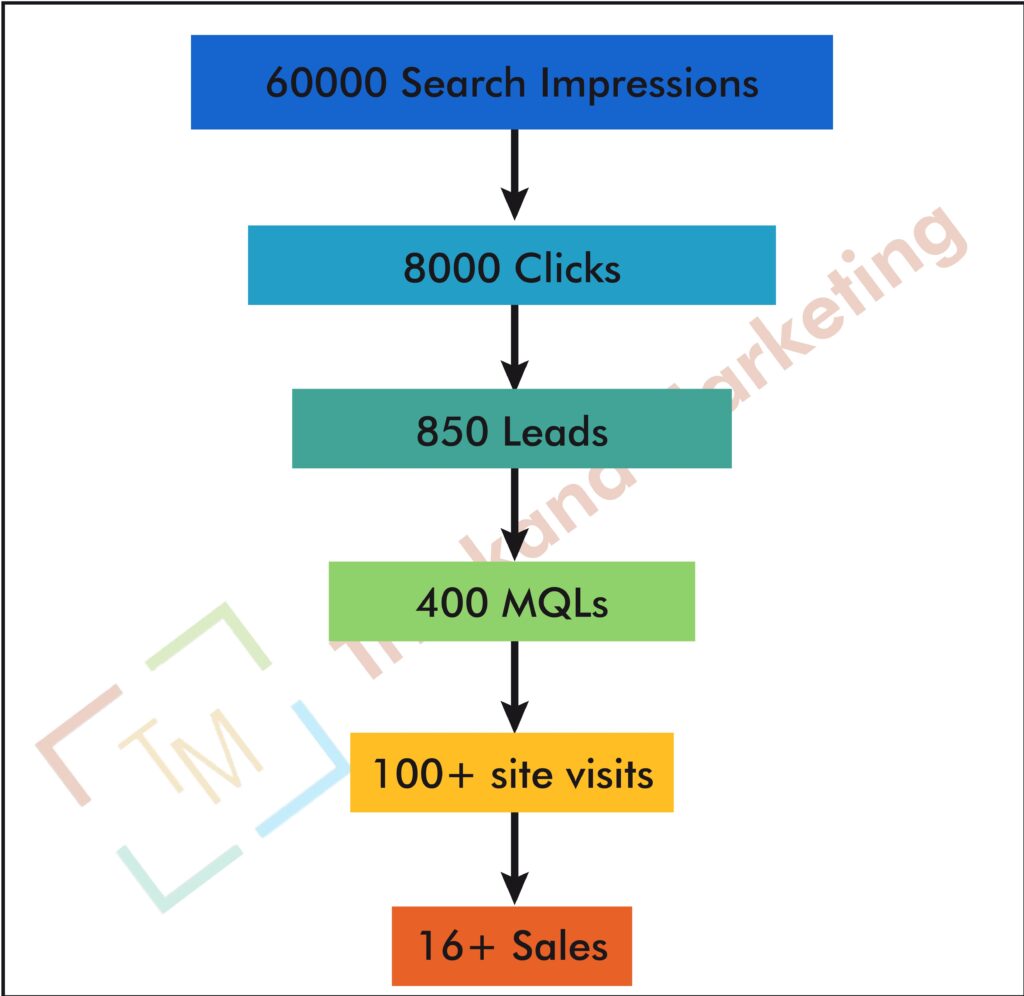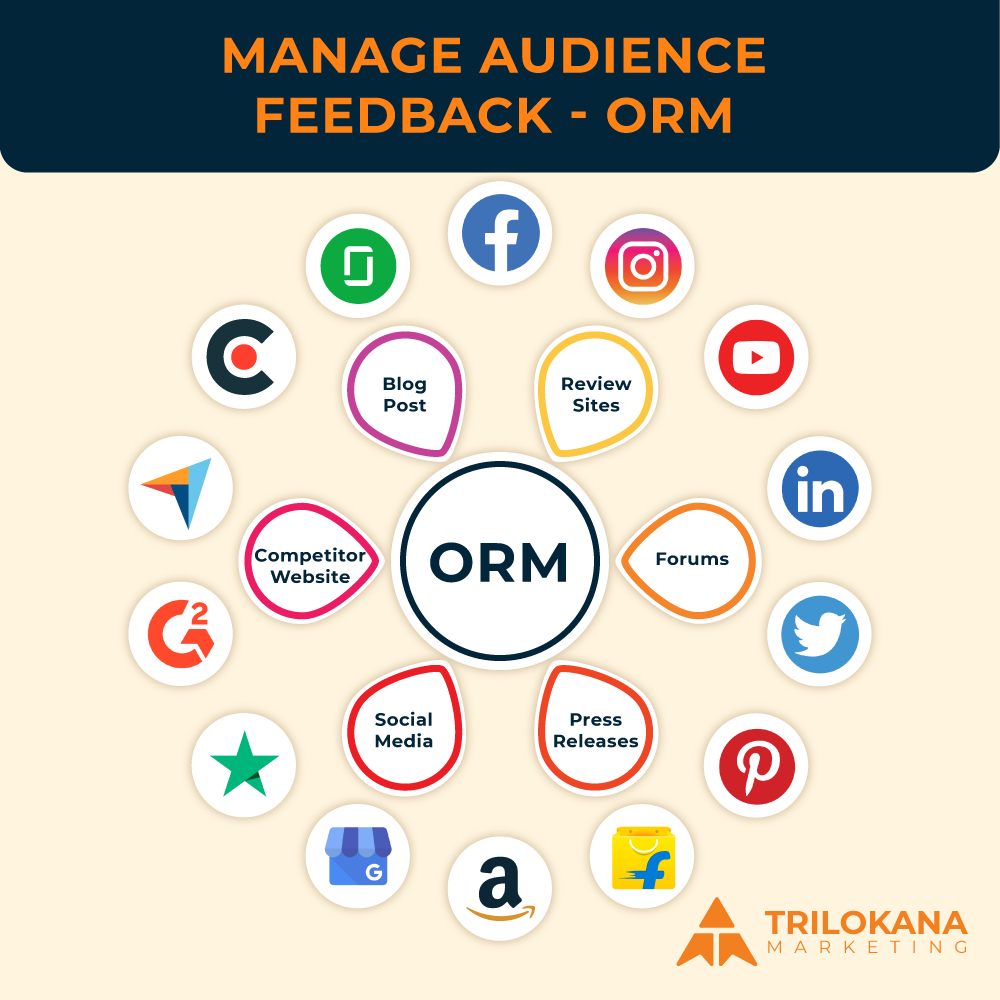Best Practices for Managing Your Website
Introduction
Website development is a dynamic field that constantly evolves with technological advancements and changing user expectations. As we move into 2024, the landscape of website development is set to experience significant transformations. This ultimate guide will provide you with a comprehensive overview of the latest trends, tools, and techniques to create cuttingedge websites that captivate users and achieve business objectives.
- Embracing Emerging Technologies
The website development field is increasingly influenced by emerging technologies. To stay competitive in 2024, it’s essential to incorporate the following advancements:
Artificial Intelligence (AI): AI is revolutionizing website development with capabilities such as personalized content recommendations, chatbots for customer service, and datadriven insights. AI tools can analyze user behavior to tailor experiences and automate routine tasks, enhancing overall efficiency.
Machine Learning: Machine learning algorithms can predict user preferences and improve search functionalities. By integrating machine learning into your website, you can offer personalized recommendations and more relevant content to your visitors.
Blockchain Technology: Blockchain is enhancing website security and transparency. It offers decentralized data management, which can be particularly useful for ecommerce sites requiring secure transactions and user privacy.
- User Experience (UX) and User Interface (UI) Trends
User experience and interface design continue to be crucial in determining the success of a website. Key trends for 2024 include:
Minimalist Design: Clean, uncluttered designs remain popular. Emphasizing simplicity not only enhances aesthetics but also improves usability and load times.
Microinteractions: These are small, subtle animations or design elements that respond to user actions. Microinteractions add a layer of interactivity and feedback, making the user experience more engaging and intuitive.
Dark Mode: With increasing popularity, dark mode is now a standard feature. It provides a visually appealing alternative that reduces eye strain and saves battery life on mobile devices.
Voice User Interface (VUI): As voice search and commands become more prevalent, optimizing websites for voice interaction is crucial. Incorporate voice search capabilities and ensure content is structured to be easily accessible via voice commands.
- Performance Optimization
A highperforming website is essential for retaining users and achieving business goals. Focus on the following optimization strategies:
Fast Load Times: Page speed is a critical factor in user satisfaction and SEO. Utilize techniques such as image optimization, lazy loading, and minification of CSS and JavaScript files to improve load times.
Mobile Optimization: Ensure your website is fully responsive and provides an excellent experience on mobile devices. Mobilefirst design is increasingly important as more users access websites from smartphones and tablets.
Content Delivery Networks (CDNs): CDNs distribute your website’s content across multiple servers globally, reducing load times and improving performance. By caching content and delivering it from servers closer to users, CDNs enhance the overall user experience.
- Security Measures
With increasing cyber threats, robust security practices are vital. Implement the following measures to protect your website:
SSL Certificates: Secure Sockets Layer (SSL) certificates encrypt data transmitted between users and your website. They are essential for safeguarding sensitive information and building trust with users.
Regular Updates and Patches: Keep your website’s software, plugins, and frameworks uptodate to protect against vulnerabilities. Regular updates address security flaws and ensure compatibility with the latest technologies.
Firewall and Security Plugins: Utilize firewalls and security plugins to monitor and protect against malicious activities. These tools can detect and block potential threats before they impact your site.
- SEO and Accessibility
Optimizing for search engines and ensuring accessibility are crucial for reaching a wider audience and improving user experience:
Search Engine Optimization (SEO): Implement onpage SEO techniques, such as optimizing meta tags, headings, and content for relevant keywords. Additionally, focus on building highquality backlinks and improving your site’s authority.
Accessibility: Ensure your website is accessible to users with disabilities by following Web Content Accessibility Guidelines (WCAG). This includes providing alternative text for images, ensuring proper color contrast, and enabling keyboard navigation.
- Content Management Systems (CMS)
Choosing the right CMS is critical for managing website content efficiently:
WordPress: Known for its flexibility and ease of use, WordPress remains a popular choice. It offers a vast range of themes and plugins, making it suitable for various types of websites.
Joomla: Joomla provides advanced user management and customization options, making it ideal for complex websites requiring detailed access control.
Drupal: Drupal is favored for its robustness and scalability. It’s suitable for largescale websites with complex data structures and high traffic volumes.
- ECommerce Innovations
For e-commerce websites, adopting the latest innovations can significantly enhance user experience and drive sales:
Augmented Reality (AR): AR technology allows users to visualize products in their environment before making a purchase. Implement AR features to provide a more immersive shopping experience.
Personalization: Utilize data analytics to offer personalized product recommendations and targeted marketing campaigns. Personalized experiences can increase engagement and conversion rates.
Simplified Checkout Processes: Streamline the checkout process to reduce cart abandonment. Offer multiple payment options, including digital wallets and oneclick purchasing, to make transactions smoother.
- FutureProofing Your Website
To ensure your website remains relevant and functional in the future, consider the following strategies:
Scalable Design: Design your website with scalability in mind to accommodate future growth and changes. This includes choosing flexible design frameworks and ensuring your site can handle increased traffic.
Continuous Improvement: Regularly review and update your website based on user feedback and performance data. Continuous improvement helps you stay aligned with evolving trends and user expectations.
Integration with Emerging Technologies: Stay informed about new technologies and trends, and consider integrating them into your website as they become relevant. Keeping your site updated with the latest advancements ensures it remains competitive.
Conclusion
Website development in 2024 is marked by rapid technological advancements and shifting user expectations. By embracing emerging technologies, optimizing performance, implementing robust security measures, and focusing on user experience, you can create a cuttingedge website that stands out in the digital landscape. Stay informed about trends, continuously improve your site, and adapt to new developments to ensure longterm success in the everevolving world of website development



